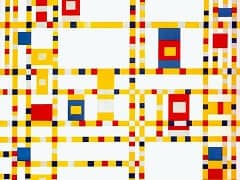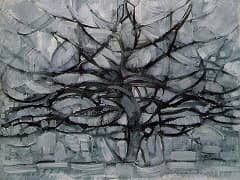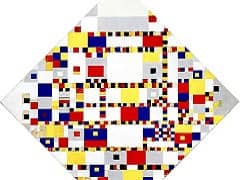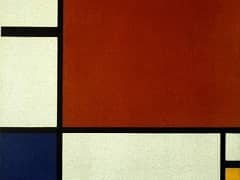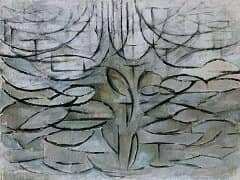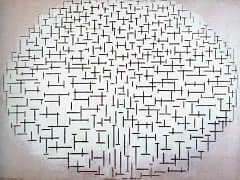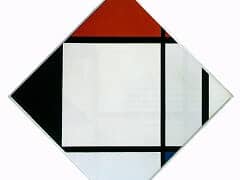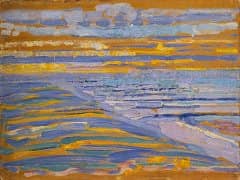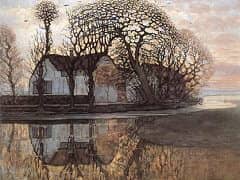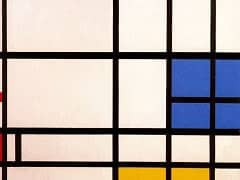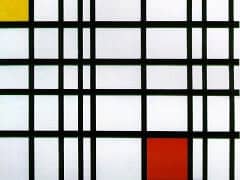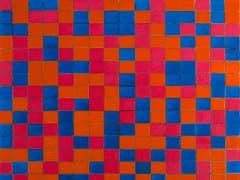Avond (Evening): The Red Tree, 1908 by Piet Mondrian
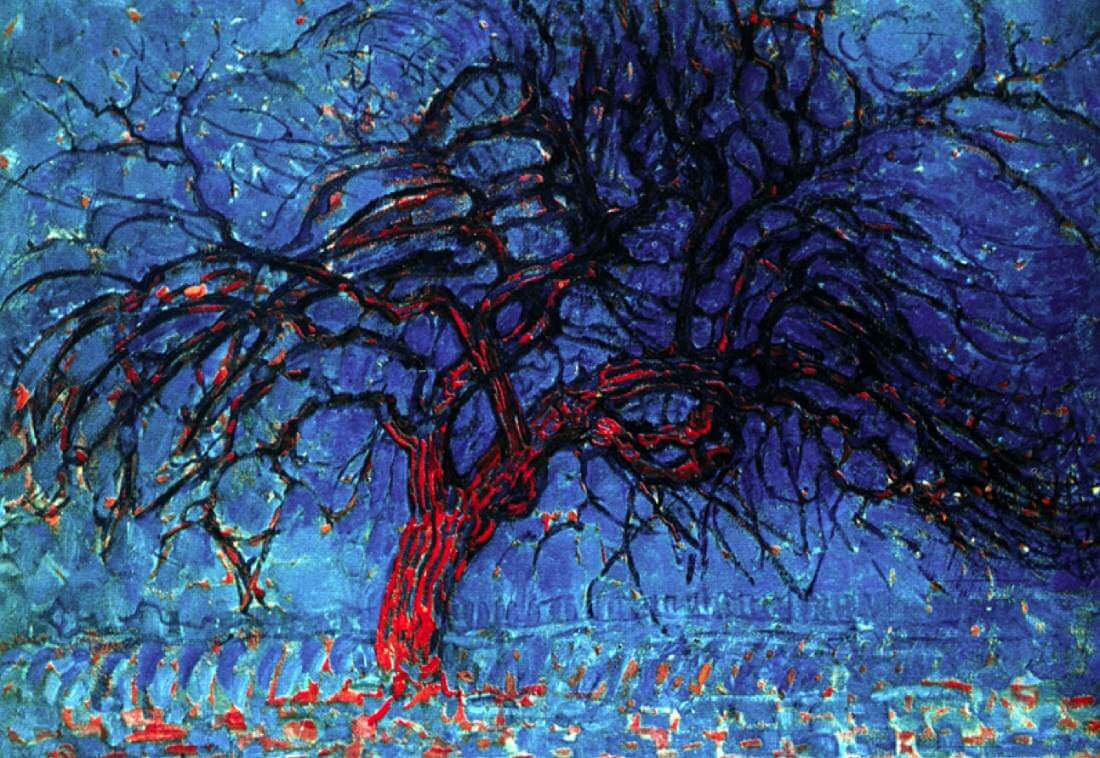
Avond (Evening): The Red Tree, one of the most important in Mondrian s series on the tree theme, was done in the same year as the Windmill in Sunlight. In its color range and brushwork,
and above all in its conception of nature, it shows many points of contact with that other picture. Here too there seems to be a definite influence of Vincent van Gogh's paintings.
The painting recalls certain of Vincent's pictures of trees, particularly olive trees and cypresses, in which the brushwork, along with the simplification of color, plays so important a part. But reference to these paintings
is not by itself sufficient to explain the origin and character of Avond (Evening): The Red Tree.
A good deal is known about the history of this canvas. There are several sketches and studies for it, making it possible to assign the picture its place in Mondrian's evolution. The remarkably thoroughgoing simplification
of the color range and the trend toward nonnaturalistic colors, much more evident and decisive than in his previous paintings, are the most striking characteristics of the canvas, confirming the emphasis on color that
preoccupied Mondrian throughout 1908. In that year, during which his horizon opened out toward international art, color was his chief concern, the most important new factor. And the way in which he here revolts against
tonalism and collects his entire experience into the concordance of blue and red shows him for the first time to be an independent discoverer, an artist capable of developing a style of his own.
But this individual, personal style is not marked by the new acquisition of color alone. With respect to form, also, Avond (Evening): The Red Tree ranges far beyond the initial impression of nature. For comparison with the
preliminary studies makes it evident that in the painting Mondrian has interpreted his impression of reality, transformed it into an idiom of his own: all the details of the tree's appearance, which in nature give a
spatial effect, are straightened out on the pictorial surface, so that the linear structure of the brush strokes produces an almost completely flat impression. The spatial dimension of depth is suggested by the color,
by the deep blue that Van Gogh identified with infinity. This use of color, this intense and spatially suggestive contrast of red (close by) and blue (receding), has a meaning
that is not merely descriptive. In this painting Mondrian wanted to set down his entire vision of nature, his credo as regards the world: the calm prevailing over the entire picture, despite the violence of the tree's movement,
is that of an equilibrium - the equilibrium which Mondrian wished to triumph over the tragedy of facts.

